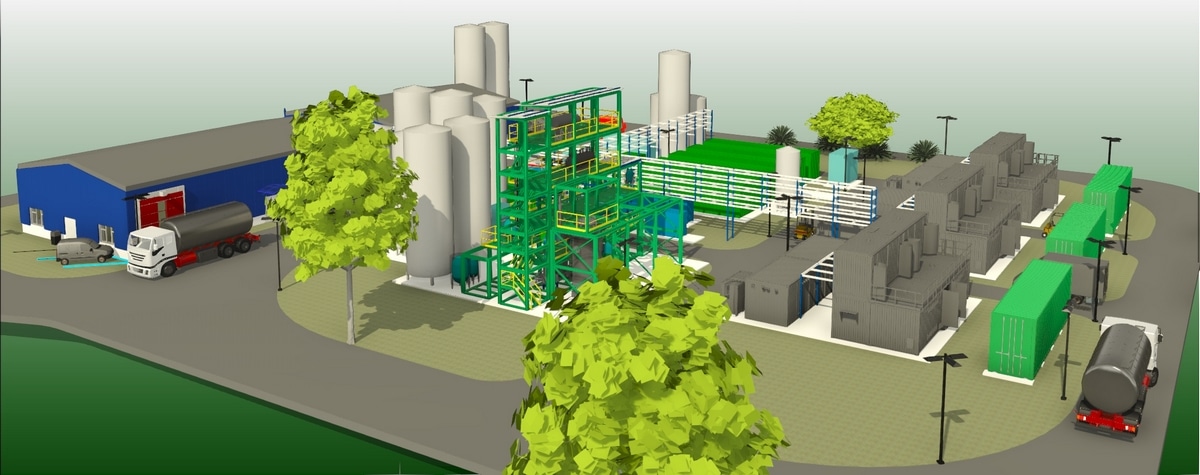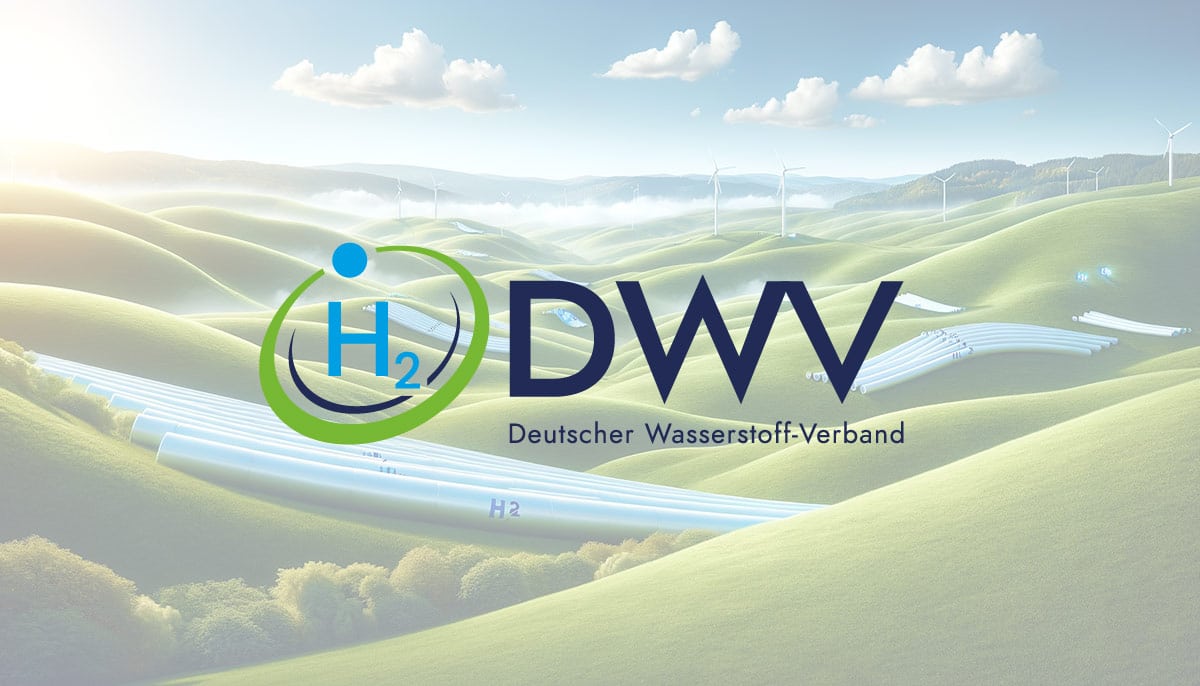Driven in part by the recent decarbonization aims of multiple countries and businesses around the world, there is now pressure on every stakeholder in the sector to establish a global hydrogen economy as fast as possible. That much was clear to those attending German Handelsblatt magazine’s online Hydrogen Summit on May 26 and 27. An oft-discussed issue also brought up at the summit was the color of future hydrogen supplies. In response, Wolfgang Büchele, who was Linde’s chief executive from 2014 to 2016, said, roughly, that the color of the gas – be it green, blue or gray – was not nearly as important as the speed at which a steady supply of hydrogen could become a reality.
He then pointed to South Korea, where he said the public is much more open to the use of hydrogen than is the case in Germany. Many also named the Middle East as an example of a region with a progressive hydrogen agenda. Countries such as Oman, the United Arab Emirates and Saudi Arabia may soon be able to produce clean hydrogen for USD 0.015 a kilowatt-hour. One statement to which all speakers at the summit could agree was that electrolyzers should be installed in places where electricity generation is cheap. That electricity could then be used to produce hydrogen for on-site consumption, delivery via pipelines or export by sea, if stored in ammonia or methane.
Reimund Neugebauer, president of the German Fraunhofer research institutes, called on stakeholders to seize the opportunities offered by hydrogen but also be aware of the challenges ahead. To create a sustainable economy, he said, it is high time market actors scale up the technology and try to generate as much added value in Germany and Europe as possible. As for demonstration projects such as living laboratories, they will now need to be turned into industrial parks. Of course, he added, the transition to a hydrogen economy will take a while. This means that in the foreseeable future, natural gas will continue to play a role in shoring up energy supply.
A key takeaway from the summit was that 75 countries around the world have so far agreed to become climate-neutral by 2050 and 50 leading industrial nations have implemented a hydrogen strategy. At the same time, the number of collaborations – or, more specifically, joint ventures – in the energy sector is rising, as is the number of alliances between companies around the world. One example of the latter is the recently established partnership between Shell and Daimler Truck. The hydrogen industry has already been catering to some large markets, including those for primary raw materials, chemicals, cement and steel, plus the market for commercial vehicles (with heavy-duty trucks playing the most vital role, as seen on p. 24, while boats and ships, and then planes, will follow later). One opinion shared by everyone who attended the summit was that blue hydrogen will, for now, be the only variant capable of satisfying demand from these markets. And while natural gas will most likely remain an important source of energy in the near future, it will mainly be used to displace coal.
Regulations was another topic of discussion at the summit. Despite a EUR 9 billion budget, the German government has so far spent only EUR 3 million on growing the national hydrogen industry. And besides, there should be some help for consumers, who will be the ones paying for higher carbon prices. Calling on policymakers, the leadership of some of Germany’s biggest corporations noted that the entire debate needs a dose of realism. A good deal of the hydrogen required will have to come from abroad, presenting German companies with enormous opportunities in many markets around the world. But what Germany lacks right now, they said, is people with sector-specific expertise.
An oft-mentioned phrase at the event was “technological neutrality,” to ensure new technical ideas and concepts are not being sidelined. There were also calls for cutting the red tape that prevents government agencies from a quick response to new developments in the sector. That will require policymakers listen more closely to stakeholders, to encourage more constructive and inventive approaches to establishing a hydrogen economy and fighting climate change. Green hydrogen is not an energy source for the rich. It’s a gas that, at some point, each and every one will be able to afford in any amount and any market – maybe even more quickly than expected.
Author: Sven Jösting
























0 Comments